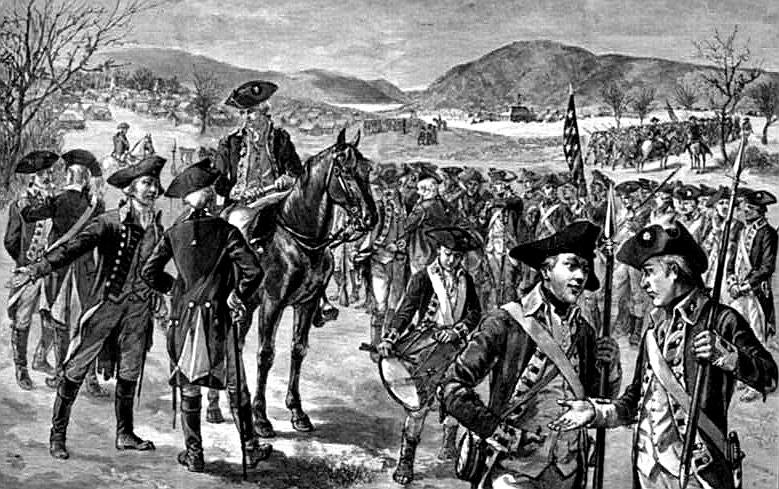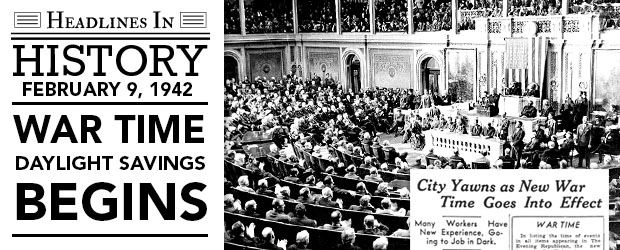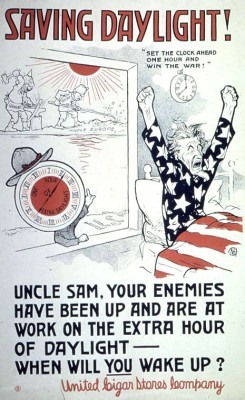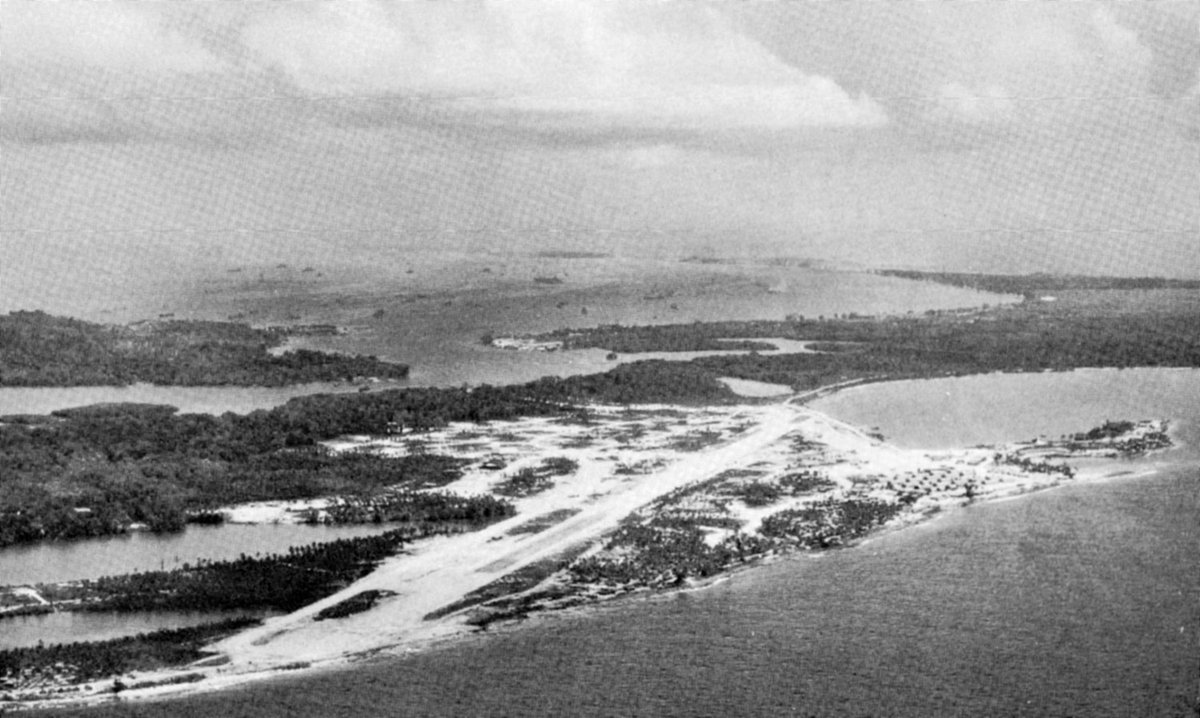
14 MARCH 1916 - MEXICAN BORDER CAMPAIGN BEGINS
An increasing number of border incidents early in 1916 culminated in an invasion of American territory on 9 March, when Francisco (Pancho) Villa and his band of 500 to 1,000 men raided Columbus, New Mexico.
#Armyhistory #USArmy

An increasing number of border incidents early in 1916 culminated in an invasion of American territory on 9 March, when Francisco (Pancho) Villa and his band of 500 to 1,000 men raided Columbus, New Mexico.
#Armyhistory #USArmy


The U.S. government took immediate steps to organize a punitive expedition of about 10,000 men under Brigadier General John J. Pershing to capture Villa. American troops crossed the border into Mexico on 14 March.
#MexicanExpedition #WWI #MilitaryHistory #PanchoVilla #Pershing
#MexicanExpedition #WWI #MilitaryHistory #PanchoVilla #Pershing
Pershing's orders required him to respect the sovereignty of Mexico, and the Mexican Government and people resented the invasion. Advanced elements of the expedition penetrated as far as Parral, some 400 miles south of the border, but Villa was never captured. 

The campaign consisted primarily of dozens of minor skirmishes with small bands of insurgents. There were even clashes with Mexican army units. The most serious occurred on 21 June 1916 at Carrizal, when a detachment of the 10th Cavalry was nearly destroyed.
#TRADOC @USArmy
#TRADOC @USArmy

War would probably have been declared but for the critical situation in Europe. Even so, virtually the entire Regular Army was involved, and most of the National Guard had been federalized and concentrated on the border before the end of the affair.
@TRADOC @TradocCG @SecArmy
@TRADOC @TradocCG @SecArmy

Normal relations with Mexico were restored eventually by diplomatic negotiation, and the troops were withdrawn from Mexico in February 1917, just weeks before the U.S. entered World War I.
@ArmyChiefStaff
@ArmyChiefStaff
• • •
Missing some Tweet in this thread? You can try to
force a refresh
















